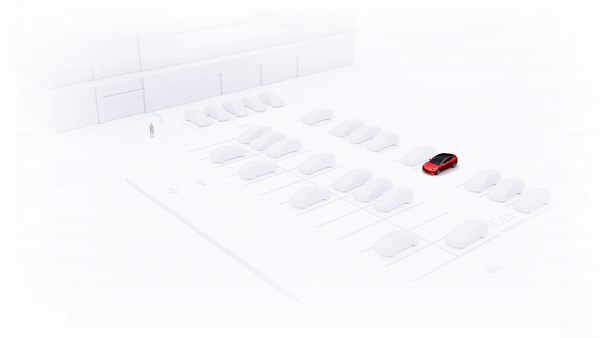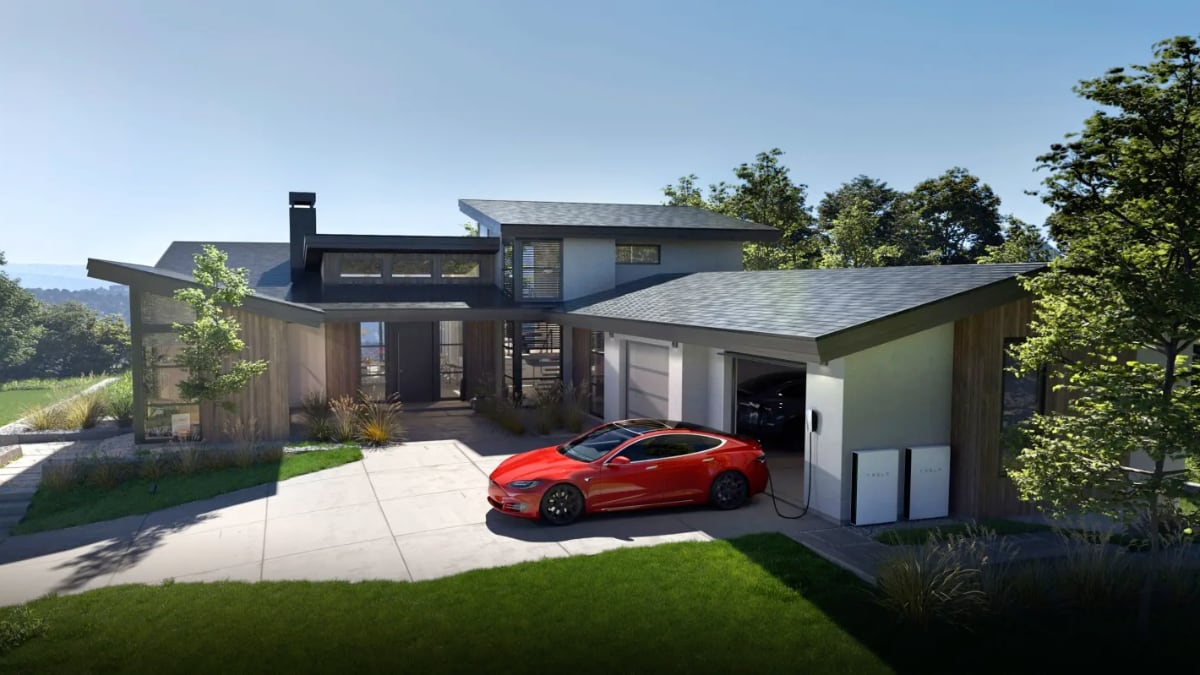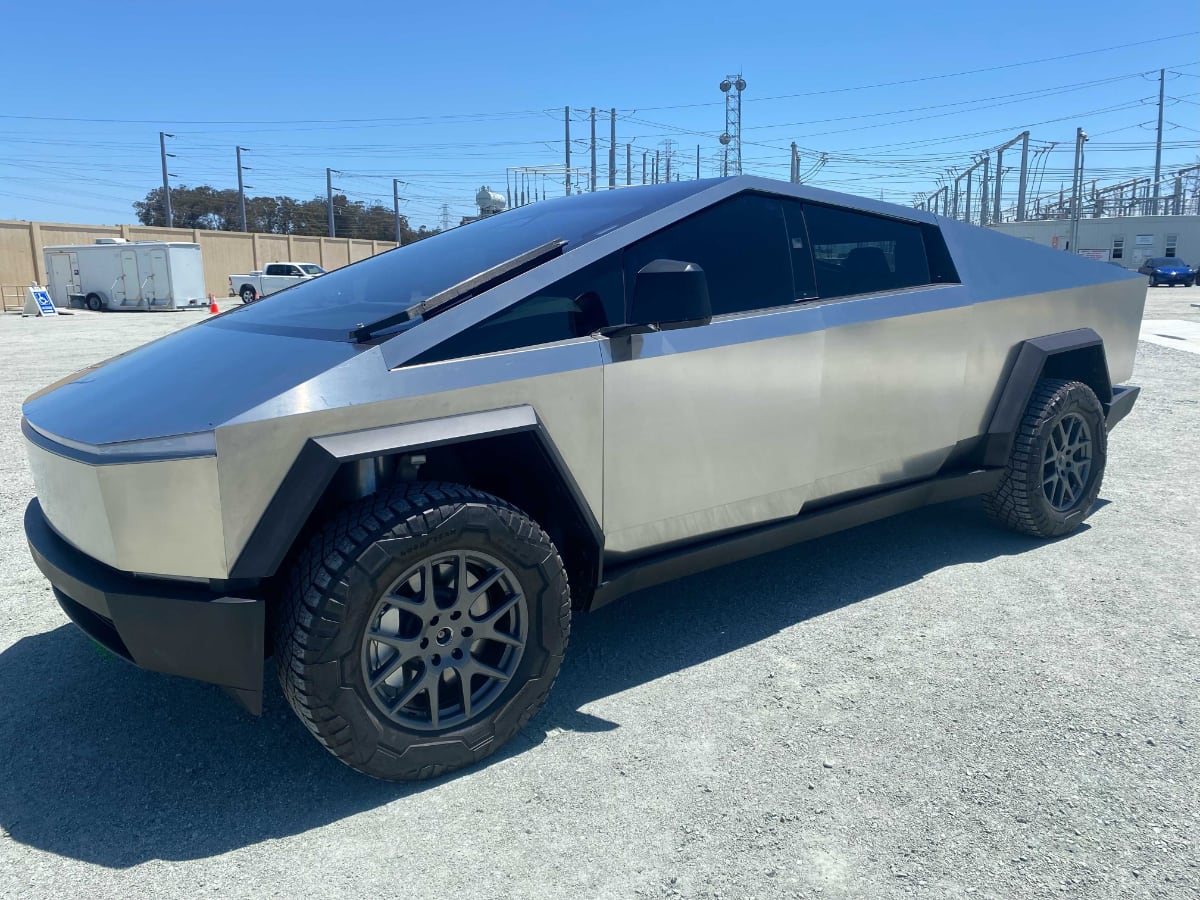June 25, 2022
By Alex Jones

Following the return of Enhanced Autopilot (EAP) to Australia and other countries, Tesla has once again begun offering the package in the US.
Enhanced Autopilot is priced at $6,000, exactly half of Tesla’s FSD package.
Longtime Tesla owners are no stranger to EAP and its functionality. Enhanced Autopilot was offered as an option in the US several years ago, but the option was removed in 2019 when Tesla restructured their Driver Assitance System (DAS) options.
Prior to 2019, Teslas did not include any Autopilot features with their vehicles, but offered two paid add-ons, Enhanced Autopilot and FSD.
In 2019 Tesla introduced basic Autopilot that came standard with every vehicle.
| Date | FSD Cost |
|---|---|
| April 2019 | $5,000 |
| May 2019 | $6,000 |
| August 2019 | $7,000 |
| July 2020 | $8,000 |
| October 2020 | $10,000 |
| January 2022 | $12,000 |
Basic Autopilot includes traffic-aware cruise control and lane keeping, basically allowing your vehicle to drive on the highway. Basic Autopilot however does not include the ability for your vehicle to change lanes based on traffic or your route.
When Tesla introduced basic Autopilot, Enhanced Autopilot was removed as an option and the FSD package became the sole add-on.
The FSD option has slowly increased in price as Tesla has increased its capabilities. With the last price increase in January 2022, FSD now costs $12,000 in the US.
With FSD’s increased capabilities and price, there was now a large gap between basic Autopilot and FSD, in terms of function and price. This made it an ideal time for Tesla to reintroduce Enhanced Autopilot.
Subscription
Tesla also offers a FSD subscription for $99 – $199, depending on your current Autopilot package.
For vehicles with EAP, the FSD subscription costs $99, while for those with basic Autopilot, it’s a $199/month subscription.
The subscription requires your vehicle to have the FSD computer (hardware 3.0).
Enhanced Autopilot and FSD packages are non-transferrable (tied to the car, not the driver), but the monthly subscription can be stopped on one vehicle and added to another at any time. There is currently no monthly subscription for Enhanced Autopilot.
What’s Included
Enhanced Autopilot, Tesla’s new mid-tier option, offers several features that are not available in basic Autopilot, including:
Auto lane change: The ability for your vehicle to perform lane changes on the highway and take on ramps and off ramps automatically (driver will need to confirm by applying tension on the steering wheel).
Autopark: Your vehicle will be able to park itself when it detects an available parking spot.
Summon: The ability to retrieve your car from a tight parking spot by having it move forward or backward.
Smart summon: Your vehicle will be able to drive to you in a parking out.
The only major self-driving feature missing from Enhanced Autopilot is the ability for the car to navigate city streets, which is only included in the FSD package.
While the parking and summoning features of Enhanced Autopilot are fun, the biggest advantage to upgrade to EAP is to have automated lane changes on the highway and the ability to subscribe to a cheaper FSD subscription.
Enhanced Autopilot is available for purchase now through the Tesla app.
June 25, 2022
By Lennon Cihak

Tesla’s new partnership with gas and electric company PG&E in California will give Powerwall owners the opportunity to earn money while giving energy back to the grid.
The virtual power plant (VPP) is a connection of distributed energy storage systems that work in tandem to give energy back to the grid to avoid dirty and costly peaker power plants. Essentially, when the grid is being strained, then the VPP can kick in and draw power from Powerwall owners enrolled in the program, and other distributed energy storage system owners, to use clean energy and avoid brownouts across the state.
Here are some of the advantages with this new VPP with PG&E:
Stabilize California’s Grid: The extra capacity your Powerwall provides could help avoid or reduce blackouts in a severe emergency. This way, Powerwall can keep the lights on for both you and your community.
Clean the Grid: Tesla will dispatch your Powerwall when the grid is in critical need of additional power. That is when the least efficient generators would typically come online.
Unite as a Tesla Community: Team up with other Powerwall owners who are accelerating the world’s transition to sustainable energy and help form the largest distributed battery in the world – potentially over 50,000 Powerwalls. As part of the VPP, your Powerwall will have an outsized positive impact on the grid over traditional demand response programs.
Maintain Your Energy Security: Powerwall will discharge during VPP events but won’t discharge below your Backup Reserve. Adjust your Backup Reserve to control your contribution while maintaining backup energy for outages.
Earn Compensation: Through the ELRP pilot, you will receive $2 for every additional kWh your Powerwall provides during an event. You don’t have to change your energy usage behavior to participate.
In 2021, Tesla piloted a test VPP program in California for Powerwall owners to voluntarily opt-in without compensation. The test VPP program would then pull energy from the Powerwalls when the grids needed it.
“Become a part of the largest distributed battery in the world and help keep California’s energy clean and reliable,” reads a statement from Tesla. “Opt-in to the Tesla Virtual Power Plant (VPP) with PG&E and your Powerwall will be dispatched when the grid needs emergency support. Through the Emergency Load Reduction Program (ELRP) pilot, you will receive $2 for every additional kWh your Powerwall delivers during an event. Adjust your Backup Reserve to set your contribution, while maintaining backup energy for outages.”
With Tesla and PG&E’s new VPP program owners will receive $2/kWh, which is quite significant. For comparison, where I live in Southern California, Tesla charges $0.58/kWh for supercharging during peak hours.
According to Electrek, “they could earn anywhere from $10 to $60 per event or more for bigger systems.”
Tesla stated that they have roughly 50,000 Powerwalls that may be eligible for this new program.
June 24, 2022
By Gabe Rodriguez Morrison

In an interview with Tesla Owners Silicon Valley, Tesla CEO Elon Musk revealed that the Cybertruck design has now been finalized. Musk didn’t get into details about the design, but gave a rough timeline for production of the Cybertruck.
With the design now “locked”, he estimates production will begin “the middle of next year, roughly 12-months’ish” which would put the first Cybertruck deliveries in the second half of 2023.
Musk did not say when the final design will be revealed, but recent sightings of the alpha builds give us many hints as to what to expect.
When discussing the Cybertruck design Elon said they “got too carried with the…,” before pausing, hinting that they have added a number of new features not included on the original prototype.
While it’s not clear what additional features Elon was about to mention, we have an idea of what is to come.
[embedded content]
One of the most controversial additions has been the side mirrors, which are required by law, although Musk has said that they will be easily removable by owners.
Another controversial feature of the Cybertruck is the windshield wiper. While we have only seen the large single wiper, Musk did say that the final design would be different than what has been seen on recent builds.
Tesla did patent a laser beam windshield wiper, but we’ll likely see something more traditional on the Cybertruck.
Another feature we could see on the final build are doors with no handles. At the Cyber Rodeo, Elon opened the Cybertruck door by pushing a button on the side of the truck. The doors also seemingly open and lock depending on proximity to the vehicle.
You can watch the full interview below.
[embedded content]
from WordPress https://ift.tt/vpj8Xb0
via IFTTT









No comments:
Post a Comment